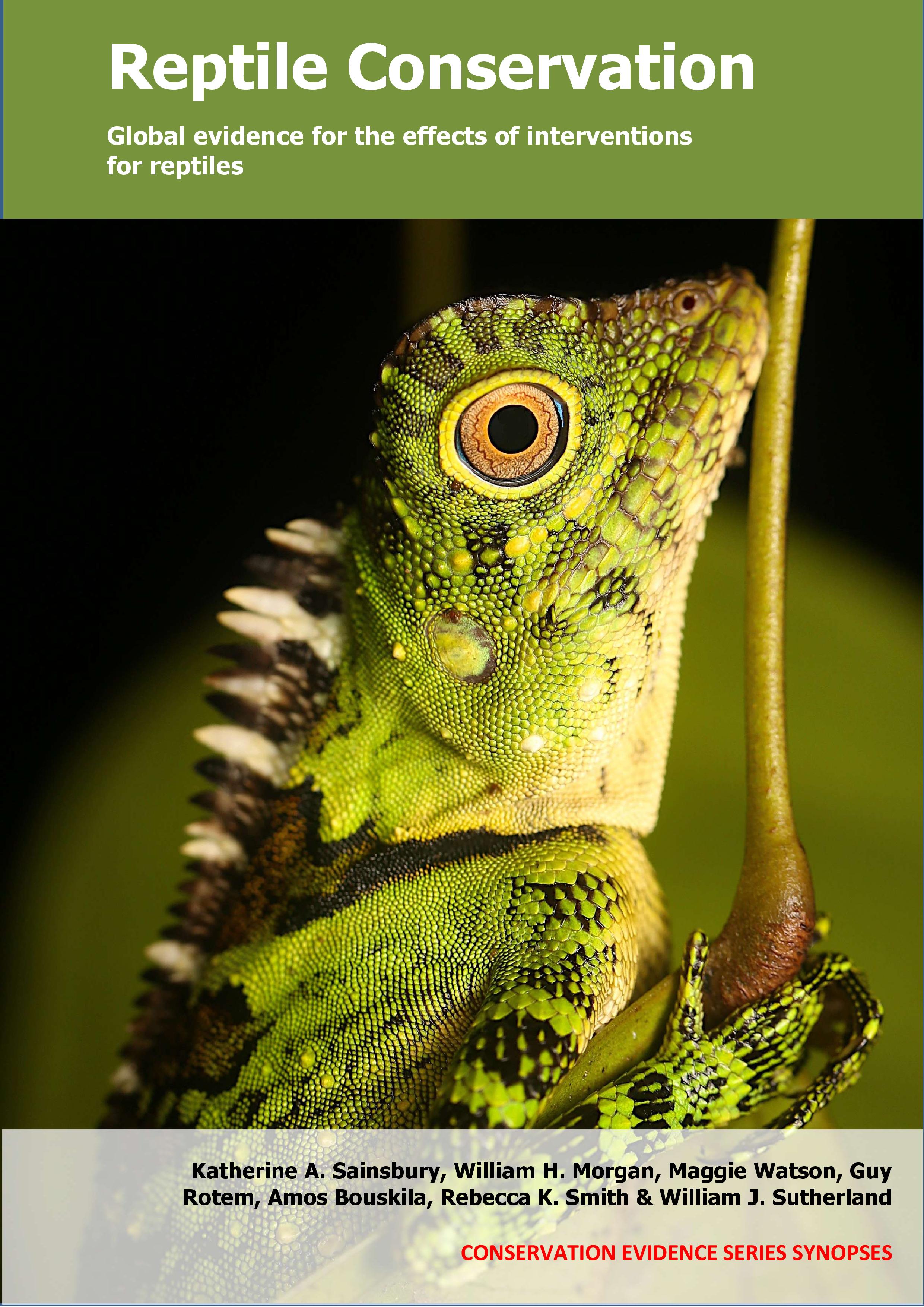Alter incubation temperatures to achieve optimal/desired sex ratio: Tuatara
-
Overall effectiveness category Awaiting assessment
-
Number of studies: 2
View assessment score
Hide assessment score
How is the evidence assessed?
-
Effectiveness
not assessed -
Certainty
not assessed -
Harms
not assessed
Study locations
Supporting evidence from individual studies
A replicated study in 1998 in a captive setting in New Zealand (Nelson et al. 2004) found that incubating tuatara Sphenodon punctatus eggs at higher temperatures resulted in more male hatchlings compared to cooler temperatures. Results were not statistically tested. More male hatchlings were produced at the highest incubation temperature (22°C: 100% of 113 hatchlings were male) compared to the intermediate temperature (21°C: 4% of 80 hatchlings were male) and lowest temperature (18°C: 0% of 105 hatchlings were male). In 1998, a total of 320 eggs were collected either from natural nests (154 eggs from 29 clutches) or by inducing females to lay eggs with oxytocin (166 eggs from 21 clutches). Eggs were incubated in moist vermiculite in plastic containers, with clutches divided equally for incubation at 18°C, 21°C or 22°C. The sex of young tuatara was determined one year after hatchling using a surgical procedure.
Study and other actions testedA replicated, controlled study in a captive setting in Wellington, New Zealand (Mitchell et al. 2006) found that incubating eggs of two populations of tuatara (Sphenodon guntheri and Sphenodon punctatus) at higher temperatures produced more male hatchlings. Incubating eggs at higher temperatures resulted in more male offspring (22.1–24°C: 100% of 7–113 eggs produced males) compared to at lower temperatures (18–18.3°C: 0–8% of 12–105 eggs produced males). For one population (Sphenodon guntheri), males were produced above 21.6°C, and for the other population (Sphenodon punctatus), males were produced above 22.0°C. In 2000, a total of 71 Sphenodon guntheri eggs were collected from North Brother Island by inducing gravid females to lay eggs with oxytocin (49 eggs) or removing eggs from nests (22 eggs). Eggs were placed in moist vermiculite and randomly assigned to incubate at 18°C, 21°C, 22°C or 23°C. The sex of these hatchlings was determined via a surgical procedure (see paper for details). In 2003, fifteen eggs from a captive female (Sphenodon punctatus) were incubated at 18°C for seven weeks before being moved to 21.5°C (7 eggs) or 24.1°C (8 eggs). For eggs that failed to develop fully, sex could still be determined in some cases. Data from a number of other studies on incubation temperatures and sex ratios from 1989–1991 and 1999 were also included for comparison (see paper for details).
Study and other actions tested
Where has this evidence come from?
List of journals searched by synopsis
All the journals searched for all synopses
This Action forms part of the Action Synopsis:
Reptile Conservation
Reptile Conservation - Published 2021
Reptile synopsis





)_2023.JPG)














